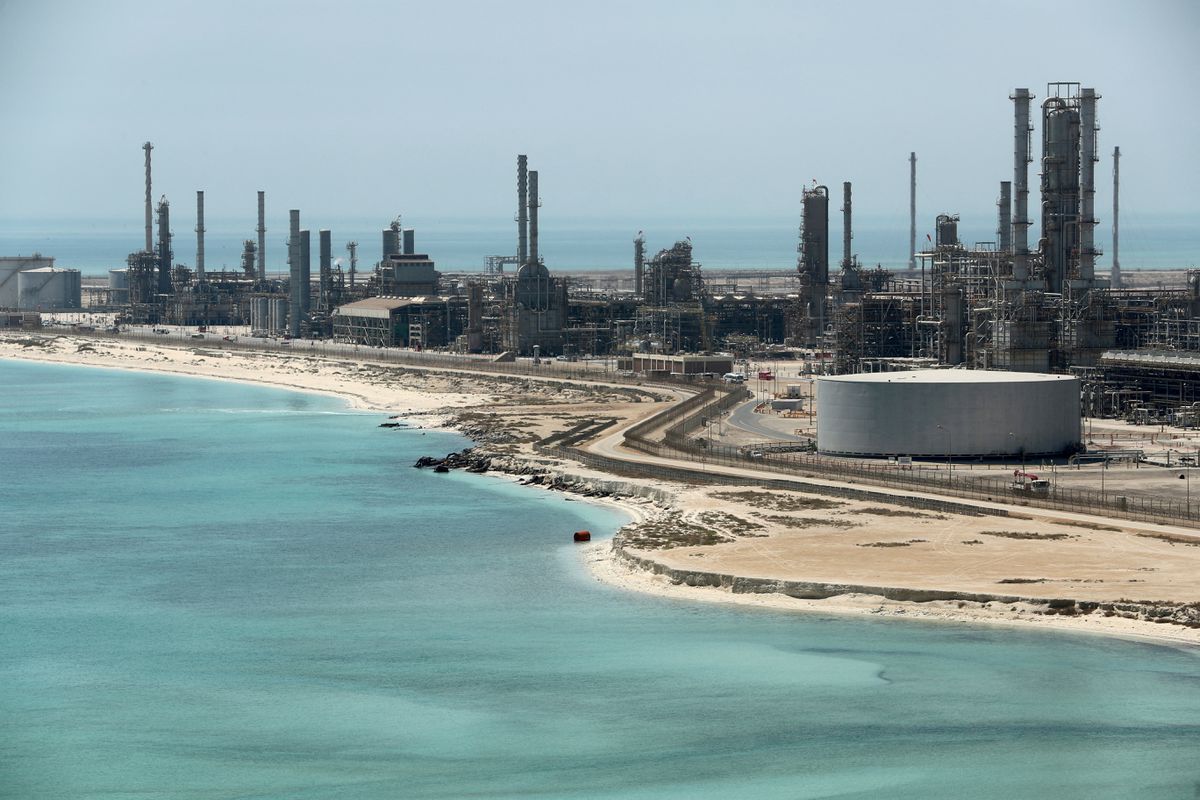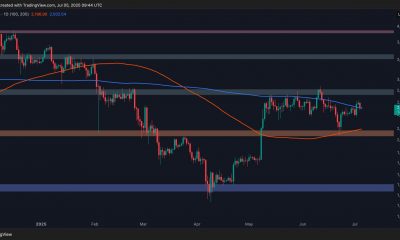Commodities
Saudi Arabia’s oil production declined 0.3% in December, while exports rose 2.2% – JODI

Saudi Arabia reduced oil production by 0.3% in December compared with the previous month, while exports increased by 2.2%. The decrease in Saudi Arabia’s oil production is evidenced by data on the Joint Organization Data Initiative (JODI) website.
Decline in oil production – current data
Exports reached 7.437 million barrels per day (bpd) compared to 7.28 million bpd in November. This was 7.2% higher than the last month of 2021.
Saudi Arabia’s oil production was 10.435 million bpd in December compared to 10.468 million bpd a month earlier, JODI data showed. On an annualized basis, that figure increased by 4.1%.
Iraq’s oil exports rose 1.9% month-on-month to 3.749 million bpd in the month before last. Production was virtually unchanged at 4.431 million bpd. Compared to December 2021, the first figure increased by 1.8%; the second – by 4.9%.
Venezuelan oil production fell to 669,000 bpd from 693,000 bpd in November. A year earlier the figure was 871 kbpd.
At the same time, supplies from this country in December were 340 thousand bpd against 410 thousand bpd a month earlier. Venezuela resumed fuel exports in early 2022 after a long break.
According to preliminary estimates by JODI, the U.S. reduced oil production by 2.3% in December to 12.087 million bpd from 12.375 million bpd a month earlier. Over the year the figure increased by 3.9% (from 11.634 mln bpd).
U.S. crude oil exports were 3.94 mln bpd in the month before last, compared to 4.042 mln bpd in November (down 2.5%) and 3.48 mln bpd in December 2021 (up 13.2%).
Earlier we reported that Brent oil is getting cheaper.
Commodities
Oil prices rise; U.S. crude inventories plunge, Russia-Ukraine truce eyed
Commodities
India’s Reliance to stop buying Venezuelan oil over US tariffs, sources say
Commodities
Oil prices climb on Venezuela supply worries

 Forex3 years ago
Forex3 years agoForex Today: the dollar is gaining strength amid gloomy sentiment at the start of the Fed’s week

 Forex3 years ago
Forex3 years agoUnbiased review of Pocket Option broker

 Forex3 years ago
Forex3 years agoDollar to pound sterling exchange rate today: Pound plummeted to its lowest since 1985

 Forex3 years ago
Forex3 years agoHow is the Australian dollar doing today?

 Cryptocurrency3 years ago
Cryptocurrency3 years agoWhat happened in the crypto market – current events today

 World3 years ago
World3 years agoWhy are modern video games an art form?

 Commodities3 years ago
Commodities3 years agoCopper continues to fall in price on expectations of lower demand in China

 Economy3 years ago
Economy3 years agoCrude oil tankers double in price due to EU anti-Russian sanctions





























